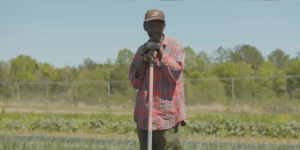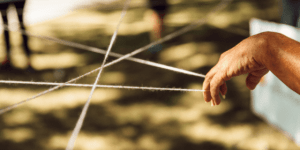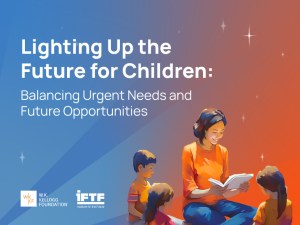Three years ago, First Lady Michelle Obama launched Let’s Move! in Indian Country, with a bold vision to make every Indian Health Service (IHS) birthing hospital in the United States Baby-Friendly, meaning the hospital provides optimal support for breastfeeding. In December, IHS announced the realization of this goal, an accomplishment that will benefit more than 4,500 Native American mothers and their children each year.
“We congratulate Indian Health Service on this incredible achievement to ensure more Native American mothers and babies have the opportunity to breastfeed and experience breastfeeding’s benefits,” says Carla D. Thompson, vice president of program strategy at the W.K. Kellogg Foundation. “IHS has set a new standard of care for Indian Country, and will help reduce persistent inequities and improve the health and well-being of Native American mothers and children.”
Native American mothers have the second lowest breastfeeding rates in the nation, and Native American children face a serious health epidemic, with skyrocketing rates of obesity and diabetes. Breastfeeding can change this, as it decreases obesity and diabetes in children, and protects mothers from a myriad of diseases, like breast and ovarian cancers and hypertension.
“I work with hospitals all over the country, and if Indian Health Service hospitals, which have limited resources and serve high-risk populations, can achieve Baby-Friendly designation, then any hospital can do this,” says Dr. Anne Merewood, associate professor of pediatrics and director of The Breastfeeding Center at Boston Medical Center. “IHS’ achievement is an example for the nation.”
Dr. Merewood served as a consultant to IHS hospitals for their Baby-Friendly initiative. With funding from the Kellogg Foundation, she and her team held the first Maternity Care and Infant Feeding in Indian Country summit, fostering collaboration among 150 physicians, nurses and community leaders from 20 tribes from across the country. The Breastfeeding Center also launched Indian Country Breastfeeds, a resource for bringing back the cultural tradition of breastfeeding to tribal communities. Dr. Merewood hopes to work next with tribal birthing hospitals, where more than 5,500 American Indian and Alaska Native babies are born each year.
IHS’ achievement demonstrates the power of bold thinking and bold goals. In 2011, there were no Baby-Friendly-designated hospitals in Indian Country. Now there are 13 Baby-Friendly Indian Health Service hospitals, and four out of five tribal birthing hospitals in the lower 48 states are on the pathway to becoming Baby-Friendly.



